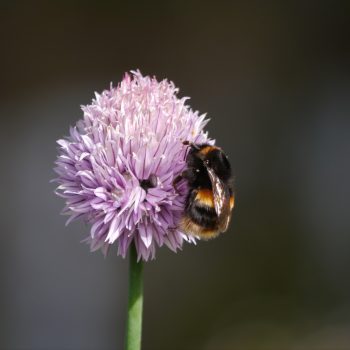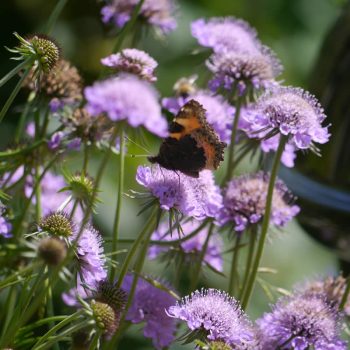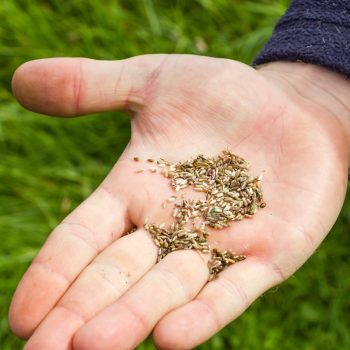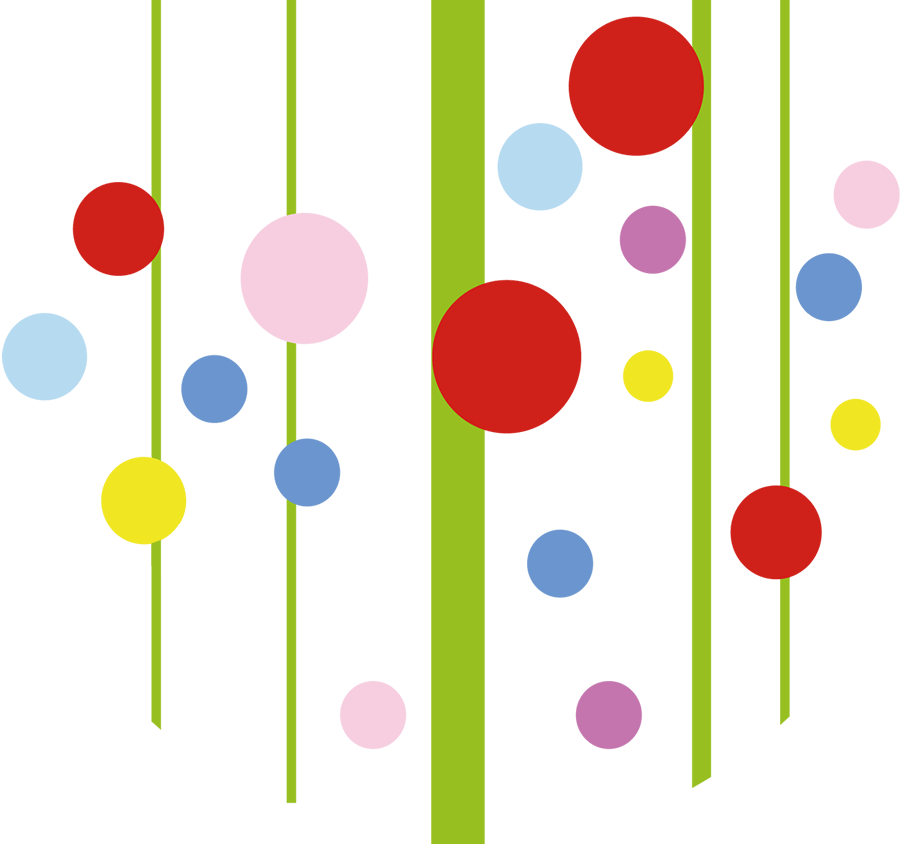The Beauty of Locally Sourced British Wildflower Seeds
Have you ever wanted to give something back to your local environment? Or, perhaps, you appreciate the beauty of wildflowers? Either way, sowing British wildflower seeds is a great way to do just that.
Not only will this provide a cheerful burst of colour near you in the summer months, but it can also help local bees and other wildlife flourish. While the health benefits of environmental sustainability are clear for us all to see, there’s also something magical about scattering some locally sourced British wildflower seeds and watching nature take its course.
By sowing these tiny little seeds now, we can watch nature’s garden unfurls before our eyes come springtime. In this article, I’ll discuss why and how you should start sowing British wildflower seeds in your backyard.
Why Choose Locally Sourced British Wildflower Seeds?
If you’re looking for a way to bring more beauty into your life and the lives of those around you, look no further than locally sourced-British wildflower seeds! These seeds grow into stunning blooms that can brighten any outdoor space and provide various benefits.
Firstly, sowing local British wildflower seeds ensures these flowers thrive in your garden. As native to Britain, they can better adapt to our wet winters and dry summers than non-native varieties; also, some are more adapted to their specific locality. This means less water and fewer chemicals such as pesticides or herbicides are needed to keep them healthy.
Secondly, when you sow local womenfolk seed blends, you are helping our pollinators too! That’s because most bee-friendly plants are native to Britain, so if you want your garden or farm to become a haven for bees and other critters, local is the way to go!
Finally, using locally sourced British wildflower seeds helps support biodiversity and creates a healthier countryside for us all to enjoy. So if you’ve been wondering what action you can take to make a positive change in your backyard (or more significantly!), why not start by sowing some beautiful wildflowers?
Supporting Local Biodiversity With Native Wildflowers
One of the most significant benefits of sowing locally sourced British wildflower seeds is that it encourages and supports the local biodiversity in your area. Here in Britain, our wildflowers are a vital part of the natural landscape, providing habitat for insects and food for birds, butterflies and bees. By planting flowers native to your locality, you’re helping to maintain our natural ecosystem and contribute to a greater sense of environmental health in your community.

And it gets even better! Studies have shown that sowing native wildflower seeds help reduce soil erosion, increase pollination opportunities and replenish essential nutrients like phosphorous, nitrates and potassium, all crucial elements for a healthy garden!
In addition to encouraging local biodiversity, planting British wildflower seeds can add beauty and colour to your outdoor space. With bright colours ranging from delicate soft blues to deep purples and yellows, these blossoms will create an eye-catching display like you’ve never seen before. So get ready to enjoy a beautiful view from your windows or patio!
Bringing Beauty to Your Garden With County-Sourced Wildflower Seeds
You might not have known it, but buying locally sourced British wildflower seeds is a great way to bring beauty to your garden. Not only do they add pops of colour to your garden, they do more than just please the eye.
Locally Sourced
You’re giving back to your local ecosystem by sowing locally sourced wildflower seeds. You’re helping conserve a specific area’s native plant species and, by doing so, helping create a flourishing, vibrant environment for local wildlife. You can also help preserve rare or endangered plants in your county by growing them from seed and adding them to your garden.
Supporting Pollinators
These little packets of joy bring beauty and life to your outdoor space and encourage biodiversity by providing nectar and pollen sources for all pollinators like bees, butterflies and birds!

Connecting With Nature
And lastly, let’s not forget the mental health benefits of connecting with nature; studies show that sowing locally sourced British wildflower seeds can help you feel calmer and more relaxed, something we all need right now! So why not take time and sow beautiful wildlife-friendly wildflowers in your garden?
The Best Place to Source Local Native British Wildflower Seeds
You might already know that sowing locally sourced British wildflower seeds has many benefits, but did you ever wonder where to find the best wildflower seed mixes?
Wildahome has many years of experience in growing and supplying wildflower seeds for garden projects through to full meadow restorations; we partner with farmers and landowners across the UK to source seed that is local and close to replicating the species, soil and climate conditions as close to the receptor site as possible.
The most significant benefit of locally sourced wildflower seeds is that their chances of germination will be considerably increased, thus giving you the nature-friendly area you want to replicate.
How to Sow and Care for Your British Wildflower Garden
If you’re ready to get your hands dirty and create a beautiful British wildflower meadow, here’s how to start.
Choose your site
Your first step is choosing the area to create a wildflower meadow. Make sure it is well-drained and relatively sunny so as many species of flowers can thrive as possible. It would help if you also thought about leaving space for some trees and shrubs to provide wildlife shelter and food.
Preparing the soil
The soil should be adequately prepared before sowing; it should be light, airy and easy to work with. This will give your British wildflower seeds the best chance of germinating and growing into beautiful blooms.
Sow at the right time of year
If you sow in late autumn or early spring, you’ll succeed best with your British wildflowers. This allows the plants to establish before winter sets in or temperatures become too hot in summer. Sow seeds of appropriate depth, somewhere between two-thirds and an inch deep, depending on what type of seed you are sowing.
Now all you need to do is wait and enjoy watching your meadow come alive!

Recommended British Wildflowers for Your Garden
Using locally sourced British wildflower seeds is excellent for your garden, and if you’re looking for ideas for which flowers to sow in your garden, here are some of our top picks.
1. Oxeye Daisy (Leucanthemum vulgare)
Oxeye Daisy is a perennial wildflower with large, white, daisy-like flowers and a bright yellow centre. It can grow up to 60 cm tall, and its flowers bloom from May to September. The plant is commonly found in meadows, grasslands, and roadsides across the UK.
2. Common Poppy (Papaver rhoeas)
Also known as the Field Poppy or Flanders Poppy, this iconic wildflower has bright red petals and a dark centre. It grows up to 60 cm tall and blooms between May and October. Poppies are often found in meadows, fields, and wastelands, symbolising fallen soldiers’ remembrance.
3. Meadow Buttercup (Ranunculus acris)
Meadow Buttercup is a perennial wildflower that features bright yellow, cup-shaped flowers. It can grow up to 1 meter tall and blooms between April and August. This plant is widespread in the UK’s meadows, pastures, and grasslands.
4. Red Clover (Trifolium pratense)
Red Clover is a perennial wildflower with round, pinkish-purple flower heads comprised of many tiny individual flowers. It grows up to 50 cm tall and blooms from May to September. Red Clover is commonly found in meadows, grasslands, and along roadsides and is a critical pollinator food source.
5. Yellow Rattle (Rhinanthus minor)
Yellow Rattle is an annual wildflower with yellow, tubular flowers that resemble a slight rattle. It can grow up to 45 cm tall and blooms from May to September. Yellow Rattle is a hemiparasitic plant that derives some nutrients from neighbouring plants. It is often used in meadow restoration projects to help suppress grass growth and promote the development of other wildflowers.
Wildahome On a Mission to Make It Local
In short, planting British wildflower seeds can be a rewarding experience in more ways than one. Besides directly contributing to the restoration and conservation of our native wildflowers, you can also enjoy the beauty of wildflowers in your garden while supporting UK businesses. So, why not give it a go? Who knows, you might find a newfound appreciation for the beauty on our doorstep.


